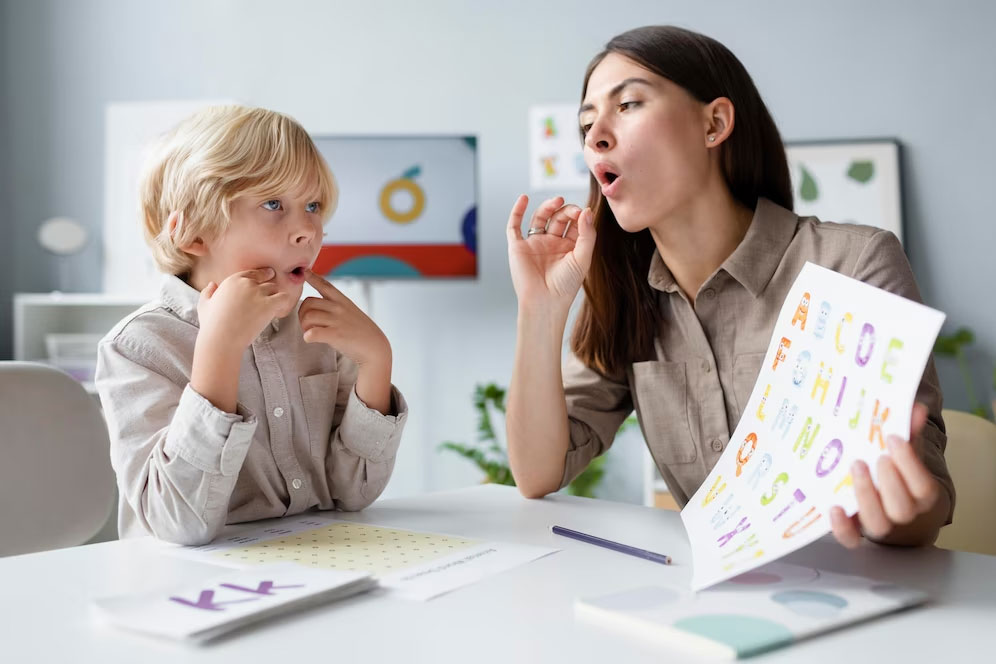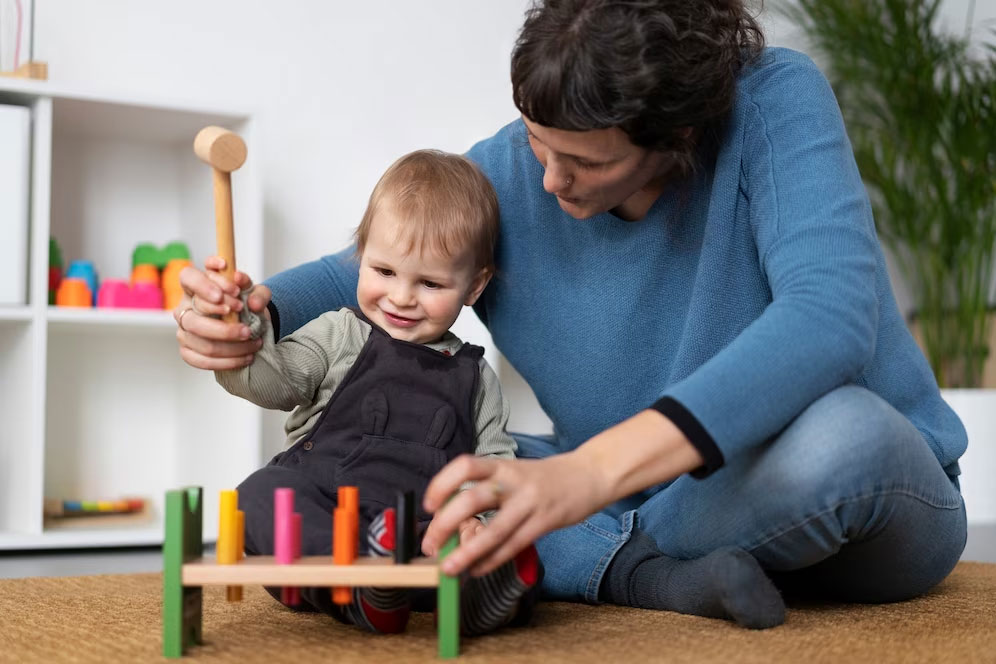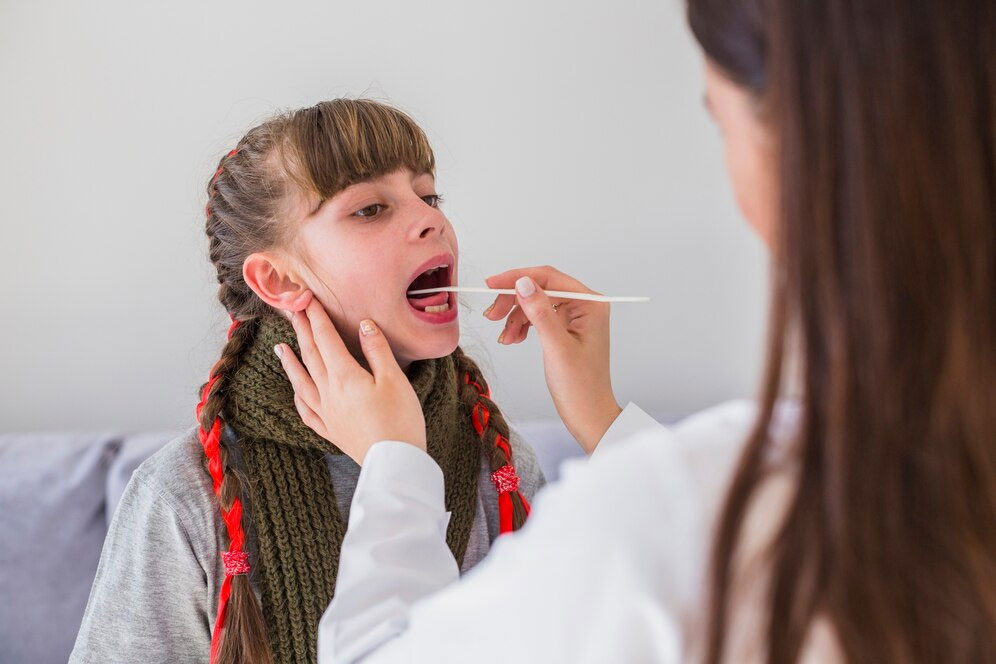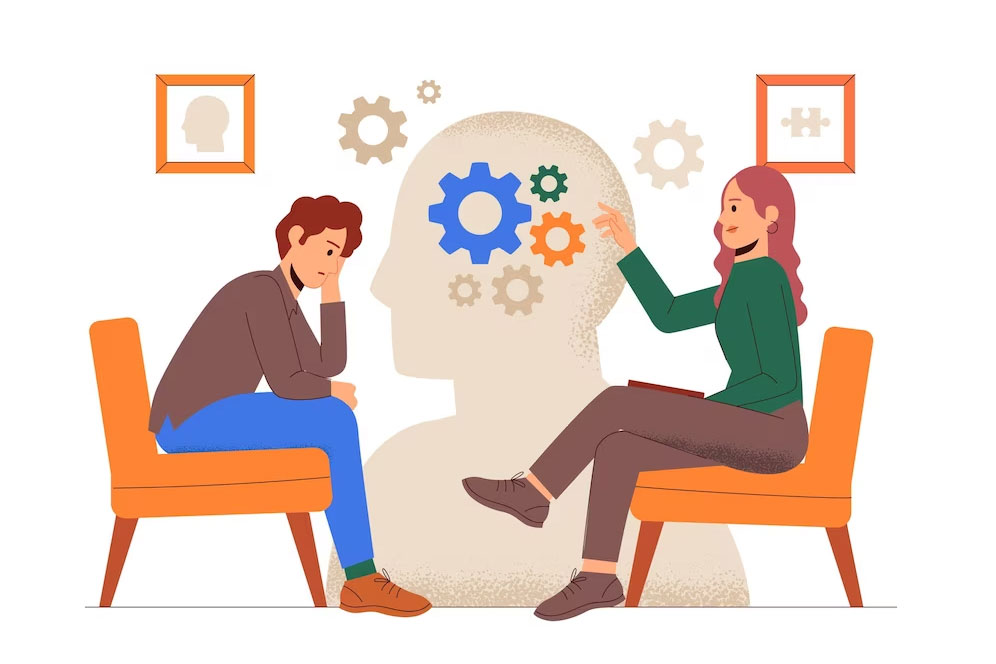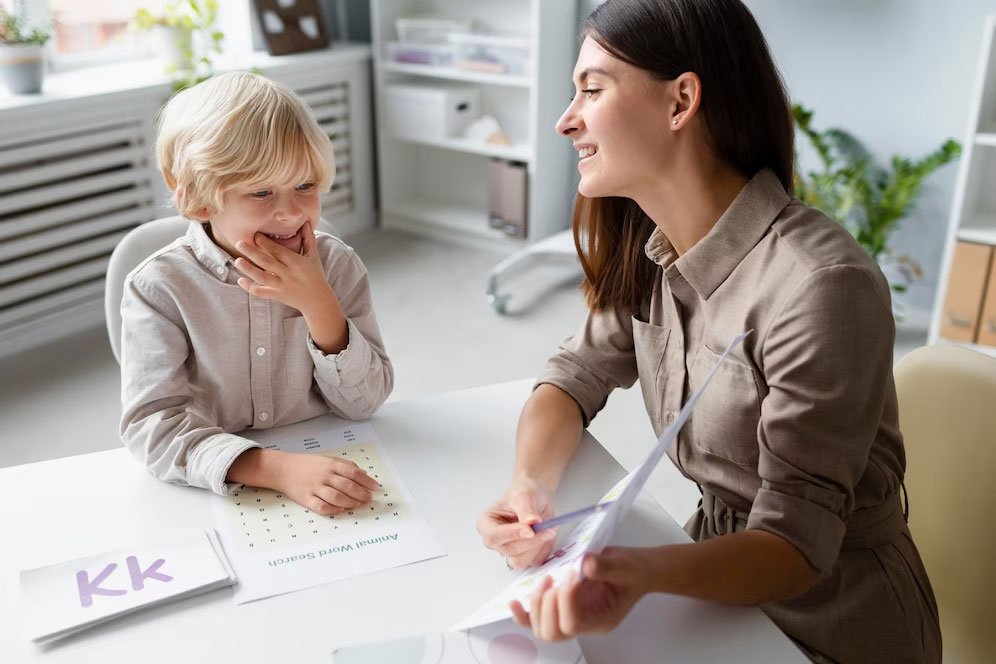Speech therapy for children who stutter can have a variety of goals, depending on the individual child and their needs. For some children, the goal may be to completely eliminate stuttering. This is often possible for pre-schoolers who are experiencing developmental disfluencies, which are temporary speech problems that are not caused by a neurological or physical disorder. For older children and adults, however, stuttering may be a more persistent problem. In these cases, the goal of speech therapy may be to help the child or adult communicate more effectively and confidently, even if stuttering does not go away completely.
- Reducing tension and anxiety
- Changing speech patterns
- Changing the way, they think about stuttering

